De Winton’s Golden Mole: This adorable, stout mole is endemic to South Africa.
De Winton’s Golden Mole has almost no eyesight and spends most of its life underground. They possess remarkable hearing abilities and can quickly pick up sounds from movements of animals above ground. When moving beneath the sand, they are as agile as fish swimming in water.
In fact, this species is only found in a small area in Port Nolloth on the northwest coast of South Africa. These characteristics make them one of the most elusive creatures in the world. The last time they were seen by humans was 87 years ago, in 1936.
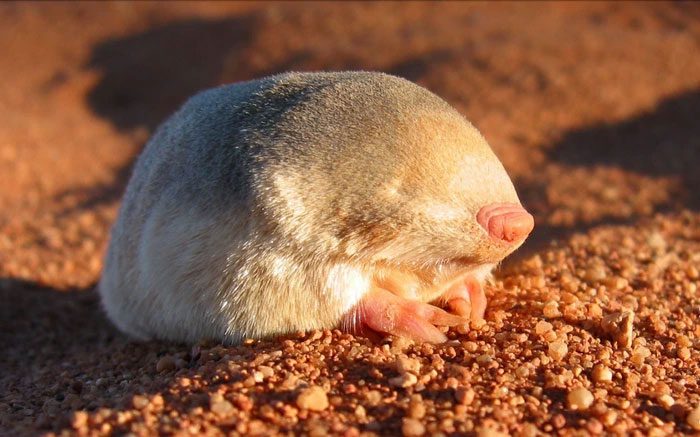
This species, known as De Winton’s Golden Mole, was believed to have been last seen in 1936 before being rediscovered living on the beaches of the northwest coast of South Africa. A team from the Endangered Wildlife Trust (EWT) along with experts from the University of Pretoria reportedly collected soil samples from the area to search for the mole’s DNA before using a collie dog to sniff out these creatures.
Despite their reluctance to believe it, many researchers suspected that De Winton’s Golden Mole had gone extinct. The organization Re:Wild included De Winton’s Golden Mole in the “Most Wanted Lost Species List,” which features 25 lost species that researchers around the world wish to rediscover.
However, this rare animal has recently been rediscovered!
On November 28, a research team including the Endangered Wildlife Trust (EWT) and the University of Pretoria excitedly revealed their discovery: After extensive searching, the team successfully found two De Winton’s Golden Moles beneath the sands of Port Nolloth.
Cobus Theron from the Endangered Wildlife Trust (EWT) in South Africa stated: “This is a very exciting project with many challenges. Fortunately, we have a passionate team and a great crew with creative ideas.”
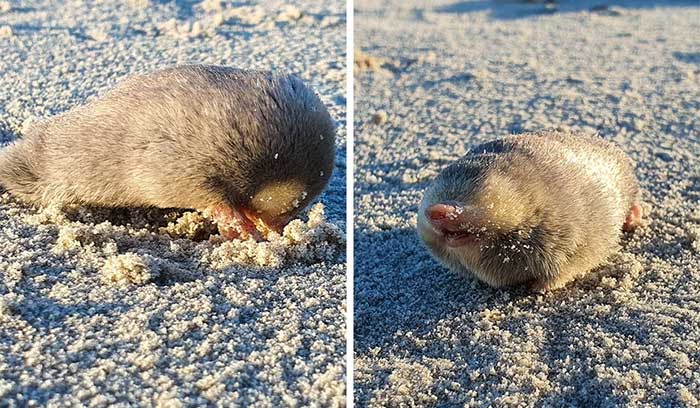
De Winton’s Golden Mole has not been officially seen since 1936. Its existence or extinction has remained unknown for 87 years, securing its place on Re:Wild’s “Most Wanted Lost Species List” – a program aimed at coordinating the search for species with uncertain status.
Finding this extremely endangered and elusive species, which had not been observed for 87 years, became possible as technology progressed. The research by the Endangered Wildlife Trust (EWT) and the University of Pretoria had the opportunity to search for traces of De Winton’s Golden Mole.
These technologies included: Environmental DNA (eDNA), thermal imaging, and trained scent dogs.
The research team spent months searching for biological signs, covering 18 km of the Port Nolloth dunes each day. They collected over 100 eDNA samples (skin, fur, and fecal matter) from the soil; the team also utilized Jesse, a scent-detection collie, to locate signs of tunnels made by the golden moles; and employed a thermal imaging system…
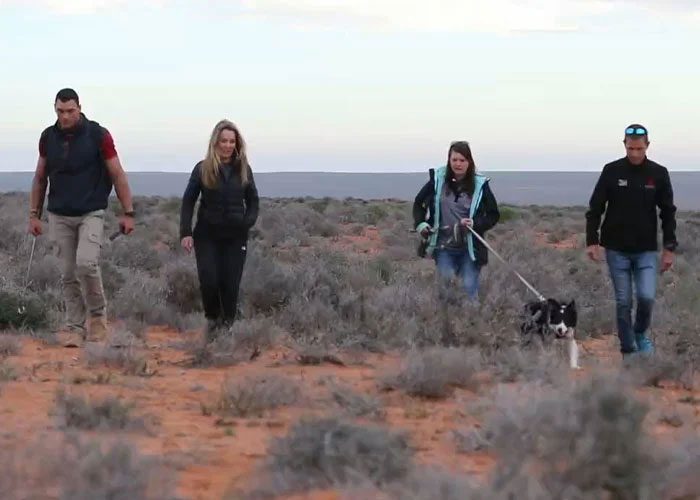
A group of conservationists has rediscovered a golden mole that had not been seen for nearly 90 years. Scientists tracked it to its habitat in the dunes of South Africa using environmental DNA (eDNA) and scent dogs.
Through these techniques, the research team was finally able to track this lost rare species, observing and photographing two living individuals, while also discovering traces of four other De Winton’s Golden Moles in the same area.
Although this rediscovery is fantastic news, they may soon disappear again as large-scale alluvial diamond mining and residential encroachment continue to threaten their habitat.
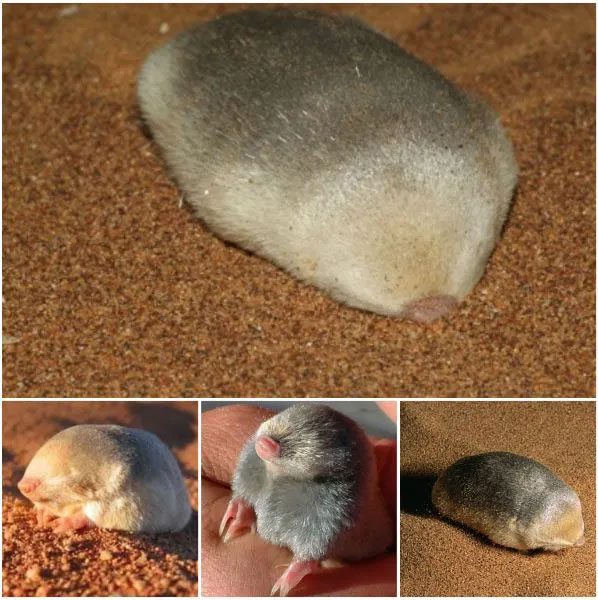
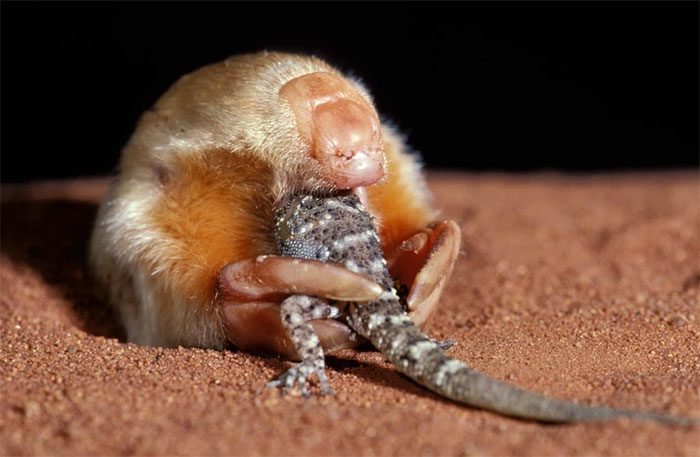
And now, De Winton’s Golden Mole has officially been rediscovered, becoming the 11th “lost” species found since the program was launched in 2017.
With the right detection methods, timely action, and a dedicated, passionate team, the research group successfully found De Winton’s Golden Mole, highlighting the necessity to protect dune ecosystems, which in turn safeguards other species as well; they also demonstrated that there are many opportunities for eDNA technology, an advanced field.
This technique can also be used to search for other lost or endangered species.




















































